How to process strawberries with ammonia in early spring and why is it needed?
The pledge of the harvest of any garden or vegetable garden is a sufficient amount of nutrients in the soil and protection from pests and diseases. Experienced summer residents have found the optimal solution using available tools that act in several directions at once. One of these means is an aqueous solution of ammonia. Treating strawberries with ammonia is a simple matter, but it has its own subtleties.
Ammonium in the country
A simple pharmaceutical agent - 10% ammonium hydroxide solution - has a unique property: 82% of its composition is nitrogen, which is so necessary for plants at the initial stage of vegetation. At the same time, the substance does not contain so-called ballast substances, which are absolutely unnecessary for the plant, but accumulate in its tissues. It is due to ballast that fruits and vegetables accumulate nitrates, which worsen the quality of the crop and pose a threat to human health.
When using ammonia solution as nitrogen fertilizer, an important nutritional component goes directly to the tissues of the culture, that is, it is quickly and easily absorbed. This makes it possible to abandon the use of nitrogen-containing complexes. At the same time, the use of ammonia is possible in any growing season, including setting and ripening of fruits, since the solution of the substance is non-toxic.
In terms of effectiveness, ammonia is comparable to wood ash - a completely natural fertilizer and medicine at the same time.
Another remarkable property of ammonia as a fertilizer is that nitrogen does not accumulate in the soil, since the solution is used by spraying it over the leaf. In other words, strawberries will not only increase the leaf mass, fatten to the detriment of the harvest. On the contrary, such feeding contributes to the active formation of peduncles.
Another useful property of ammonia is the prevention of the appearance of parasites, starting with microorganisms invisible to the eye - pathogens (fungal, viral, bacterial) and ending with pests that spoil the life of plants. The drug is especially effective against beetles, wireworms, weevils, aphids, to scare off ants, moles, wasps.
It is also important that ammonia is chemically an alkaline compound, and therefore its use frees summer residents from the need to regularly add deoxidizing additives. Rather, on the contrary - it is required to acidify the soil from time to time, for which coniferous litter is used as mulch.
Features of processing strawberries with ammonia
So that your favorite berry regularly gives an excellent harvest, it is processed three times per season:
- At the very beginning of spring, when the snow melts and the first leaves appear. Treatment is aimed at protecting against fungal diseases and pest larvae that overwintered in old foliage and soil. At the same time, Victoria will receive a starting nitrogen charge for the formation of high-quality leaves and peduncles. The special meaning of the procedure is that it can be carried out at rather low temperatures, 5–10 ° C, when biological preparations do not work yet, but the parasites are already ready for action.
- At the end of flowering. Spraying will help get rid of pests that have not left hope of eating delicious berries. On poor soils, intermediate feeding of the berry plant is recommended along the leaf - at the stage of protruding peduncles.
- After harvest. An additional portion of nitrogen is necessary for laying new buds, preparing for winter.
Under exceptional circumstances - pronounced signs of nitrogen starvation, mass invasion of pests - additional irrigation of strawberries with ammonia is allowed. Usually a working solution is prepared from 25-30 ml of pharmaceutical ammonia and a bucket of water. The treatment is carried out with a spray gun, having previously moistened the soil with clean water. In this way, you can get rid of uninvited guests as needed, since the plant takes nitrogen from the ammonia solution exactly as much as it needs.
If you had to process strawberries during the ripening of berries, they must be washed before use, removing the remnants of the active substance.
Remontant strawberry varieties also need additional treatment with ammonia. Watering with a solution of 40 ml of a pharmaceutical product and 10 liters of water is carried out after the first wave of fruiting.
How to prepare a solution of ammonia?
Each treatment requires the preparation of a solution of the desired concentration so as not to harm the bushes and the future harvest and at the same time fully provide them with the necessary substances.
To spray strawberries with ammonia, prepare the following solutions:
- For the first treatment, 40 ml of alcohol and a liter of soap solution based on laundry soap are taken in a bucket of water.
- After flowering, spray with a mixture of two tablespoons (30 ml) of the drug and 10 liters of water.
- The third time they are fed with a solution of the same concentration as in early spring. Often at this stage, a few drops of iodine are added to the ammonia for additional disinfection of leaves and soil.
If the recipe contains soap, it is first dissolved in a liter of water, then the resulting solution is poured into a large container with water, stirred well. Ammonia is added immediately before processing so that the volatile substance does not evaporate before the summer resident reaches the strawberry garden.
The recipe is for a 10% ammonia solution. Since it is found on the market in other concentrations, recalculation may be necessary when preparing the solution.
How to properly handle strawberries?
The procedure itself is not difficult, but you need to take into account a few points.
- Early spring processing is carried out after cleaning the bushes from last year's leaves and other debris that accumulated over the winter. Victoria is watered after the application of ammonia - the solution will go deeper into the ground, killing harmful microflora and nematodes.
- It is convenient to use an ordinary garden watering can, choosing a nozzle with large holes - this way the solution will reach its destination faster, the ammonia will not have time to evaporate. You can use a sprayer with a sprinkler. This will allow the whole bushes to be moistened with the solution, including the stems and the soil under them.
- Watering is carried out on damp ground to reduce the risk of root burns. It is also necessary to loosen the soil so that the solution penetrates to the depth without delay.
- If strawberry beds are annoyed by beetles (May beetle larvae), wireworms, nematodes, instead of sprinkling, direct watering at the root is often used. Each bush needs 1 glass of solution. Sometimes it happens that after such a procedure, the bushes droop a little, but then they quickly recover, bloom and bear fruit perfectly.
- A dry, windless day is chosen for processing, ideally a cloudy one so as not to burn the aboveground parts. In sunny weather, so as not to delay the processing, the beds are watered early in the morning so that the leaves and stems dry out by 10 o'clock.
Safety engineering
In large quantities, ammonia vapors can lead to poisoning, therefore, when working with it, safety rules are observed:
- The solution is prepared only outdoors.
- During watering, use personal protective equipment - gloves, glasses, a respirator.
- If a sprayer is used to treat the beds, wear a set of protective clothing.
- Processing greenhouse strawberries requires special attention.It is carried out only with the windows and doors open, glasses and a respirator must be worn.
- It is not recommended to use substances other than soap and iodine together with ammonia.
The use of ammonia, an easily available inexpensive remedy, completely frees summer residents from the use of nitrogen-containing mineral complexes, as well as a variety of chemicals to get rid of pests. At the same time, it is guaranteed that an ecologically clean high-quality harvest is obtained.
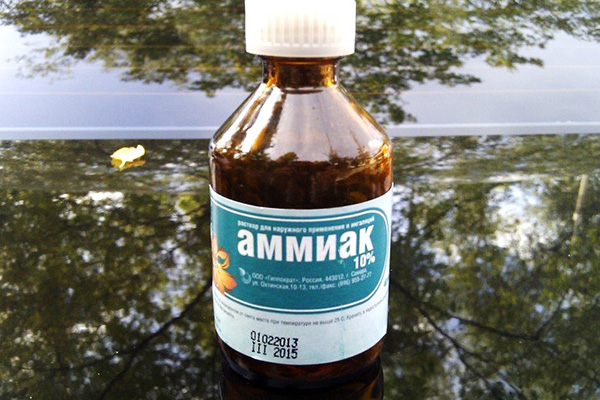
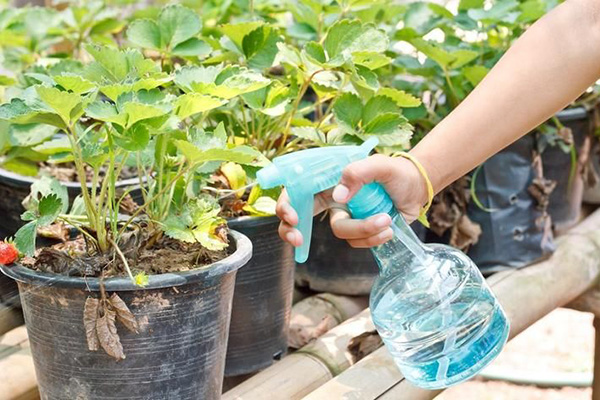
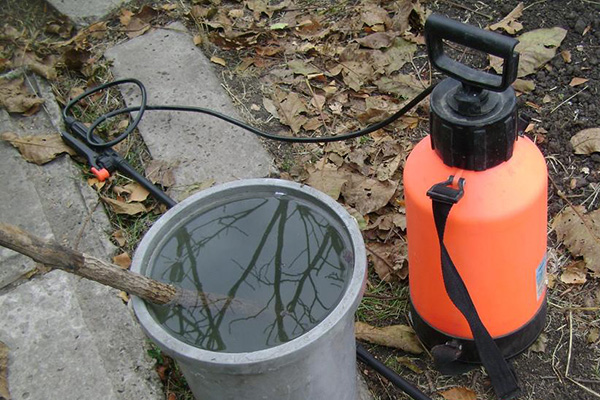
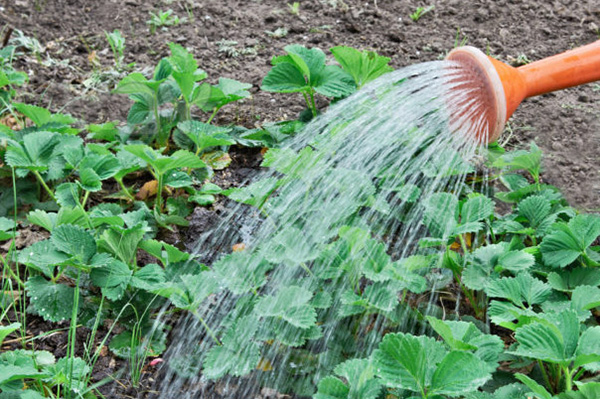


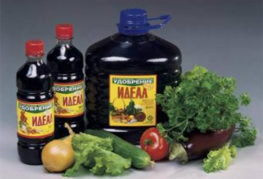
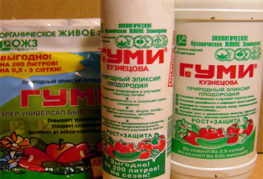
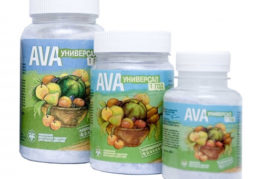
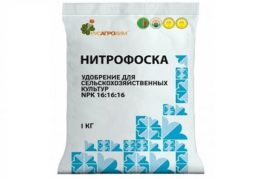
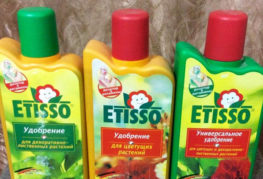
and will be published shortly.